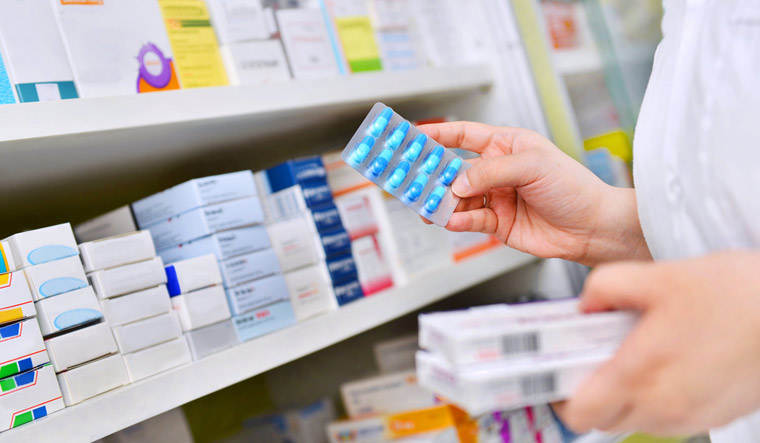India exported half of its pharmaceutical produce last year, marking a significant rise since the Covid-19 pandemic. The country's drugs and pharmaceuticals exports increased 9.67 per cent year-on-year to $27.9 billion in 2023-24, even as the total exports dipped by 3 per cent in the last fiscal. In 2022-23, the exports stood at $25.4 billion.
“During Covid-19, the need to reduce our dependency on other countries for pharmaceutical drugs was strongly felt. Therefore, Performance-linked Incentives (PLI) scheme was introduced in the pharmaceutical and bulk drugs sector and we found good success,” said Dr Arunish Chawla, secretary, department of pharmaceuticals. “Nearly 50 bulk drugs were identified out of which open offers were given for the production of 34 drugs. We achieved success in producing 30 drugs and as per last year’s figures, India exported 50 per cent of its produce showing that the pharma industry in the country is now export-oriented and it is a big success.”
Dr Chawla, who was speaking at a one-day workshop, ‘Meditech Stackathon 2024’, organised by the department of pharmaceuticals, ministry of chemicals and fertilizers and Confederation of India Industries (CII), emphasised on the need to replicate the pharma success in medical device industry as well. “This workshop has been organised so that stakeholders, especially the domestic and multi-national industries can sit together and map their value chain on the basis of which a policy stack will be prepared. This will show gaps in policy, processes and incentives and lead to adequate policy nudge or arbitrage,” Dr. Chawla said.
“The policy stack will be built up in four stages. First is value chain mapping, second is economic classification for the value chains to be integrated with the policy and data framework. Third, tariffs and taxes and how they move and evolve across value chains in both industrial space and time and fourth, identifying various elements of policy, price, scheme and regulatory arbitrage to finally facilitate policy nudge which will have both financial and institutional (built bottom up) elements.”
Dr Chawla added that atmanirbharta in medical devices is their mission and is guided by world class quality (zero defect full effect) statement. “We will build world class product and will reduce our import dependence from 75-80 per cent to 50 per cent over the next five years in medical devices industry,” said Dr Chawla. “The idea is to evolve a dynamic world class competitive medical device industry where healthcare does not suffer, patients get top class treatment at par with the world.”
He said that already some strides have been made and three central medical device parks are being built in Noida, Indore and Chennai besides a number of small parks across the country. “A lot of medical devices used for ECG, cancer treatment, critical care were being exported till few years ago. With the launch of PLI scheme we have got confidence and 30 medical plants were inaugurated by the union minister few months ago,” Dr Chawla added. “Domestic as well as foreign companies like Philips and Siemens have set up their plants in India to produce finished devices.”



